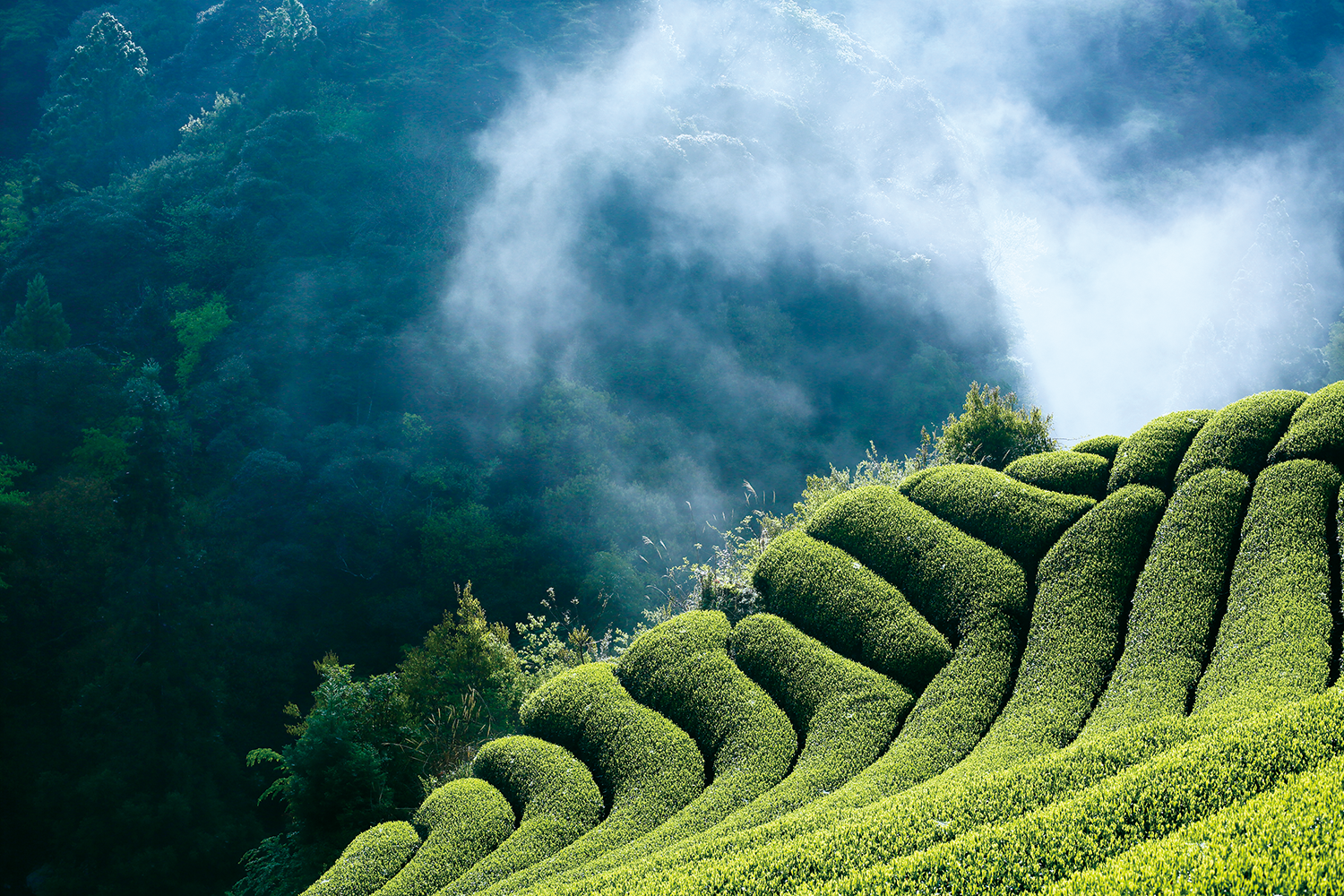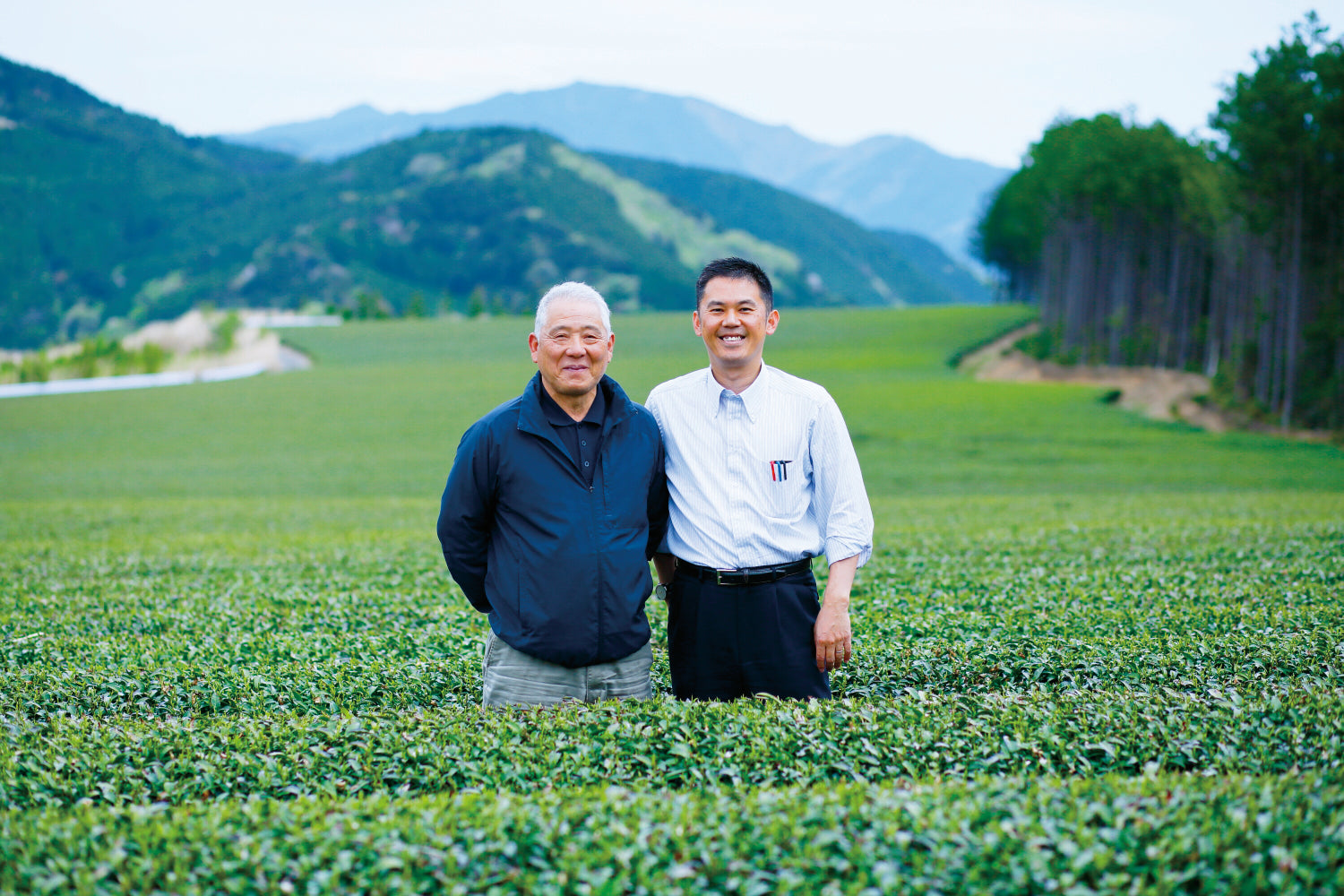Our tea
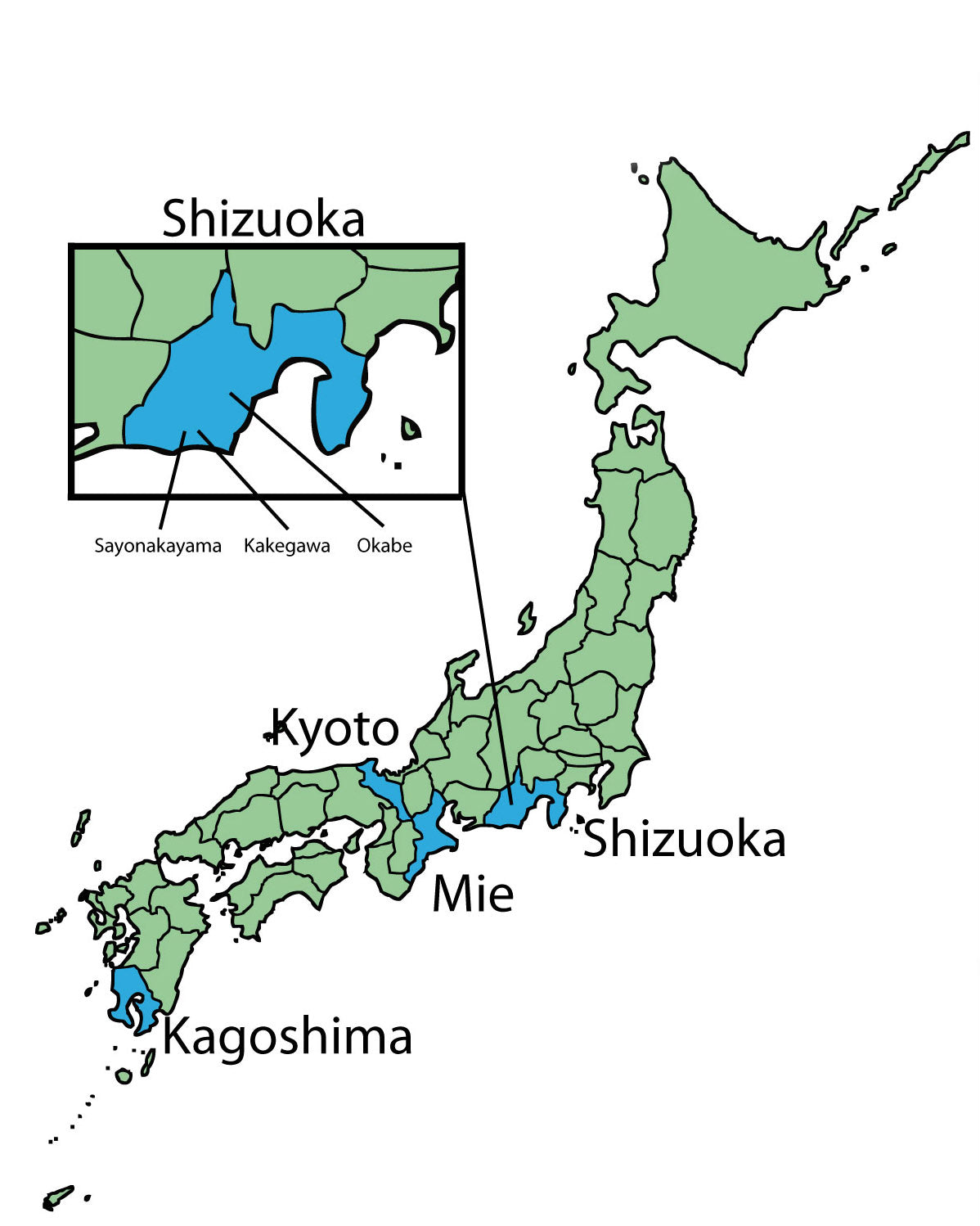
Origins and cultures
Tea plantations of Japan are located all over Japan archipelago, except the island of Hokkaido, in northern Japan.
Influence of the picking period on the taste of the tea
The longer the tea plant is subjected to sunlight, the greater the quantity of catechins contained in the leaves. In contrast, the amount of theanine decreases. This amino acid is recognized as one of the compounds responsible for the umami taste.
Harvesting periods of our products
The best tea comes from the first two shoots as well as the main shoot. The first shoots have a very pronounced sweetness, because they contain much of the theanine produced over the winter (see our Sencha Haru).
Tea was traditionally harvested on the eighty-eighth day of spring, around May 2nd, however it is practiced earlier today due to global warming.
1.Teas harvested at the beginning of April knew only the shy sun of early spring. Their taste remains sweet.
The green teas harvested from the end of April to the beginning of May experienced more intense sunlight. Their flavor is balanced (see our Sencha Tsuki).
Teas harvested later in the season have received even more sunlight, so they become more full-bodied and bitter.
2. Those harvested from the end of April to the beginning of May experienced more intense sunshine. Their flavor is balanced.
After the first picking by hand, the tea leaves are collected by machine, up to a certain height of the tea plant. This production is called “Ichibancha” or “first tea” and includes the first flush, “Shincha”.
The leaves harvested lower on the plant, which are a little hard, are called “Bancha” or “common tea “. This kind is used to make roasted green tea.
3. Teas harvested from the end of May to early summer have received even more sunlight; they are more full-bodied and bitter.
Forty-five days after the harvest of the first tea, the leaves are regrown. Those harvested from the end of May to the end of June are the second category, and so on until the fourth category (the tea is harvested four times).

The secret of the flavour of shincha
Tea buds form during the autumn season; they spend the winter firmly closed before they unfurl around the end of March. The shoots have a very special sweet flavour, as they contain a lot of theanine produced over the winter. They are covered with fine floss. When we make tea with these shoots we see their fine floss floating on the surface.
It is the mark of a real first flush green tea ; it has an incomparable flavour.

Organic farming Kawane, the « village in the sky »
Six hundred meters above sea level, at the end of a winding path following the course of the river Ōi, a tea field suddenly appears in the depths of the mountains.
The latter is, today as in the past, synonymous with high quality tea.
It is in the “village in the sky”, located in the heart of the mountains surrounding Kawane, where we find this field of tea. Insects cannot approach the high altitude, so the tea is produced without resorting to pesticides. Moreover, the pesticides used by the surrounding plantations do not reach the field since it is isolated within the mountains. And thanks to the great temperature difference between day and night, as well as the soil’s water absorption capacity, the tea leaves enrich themselves day after day with umami flavour. The morning mist also plays an essential role in the cultivation of quality leaves.
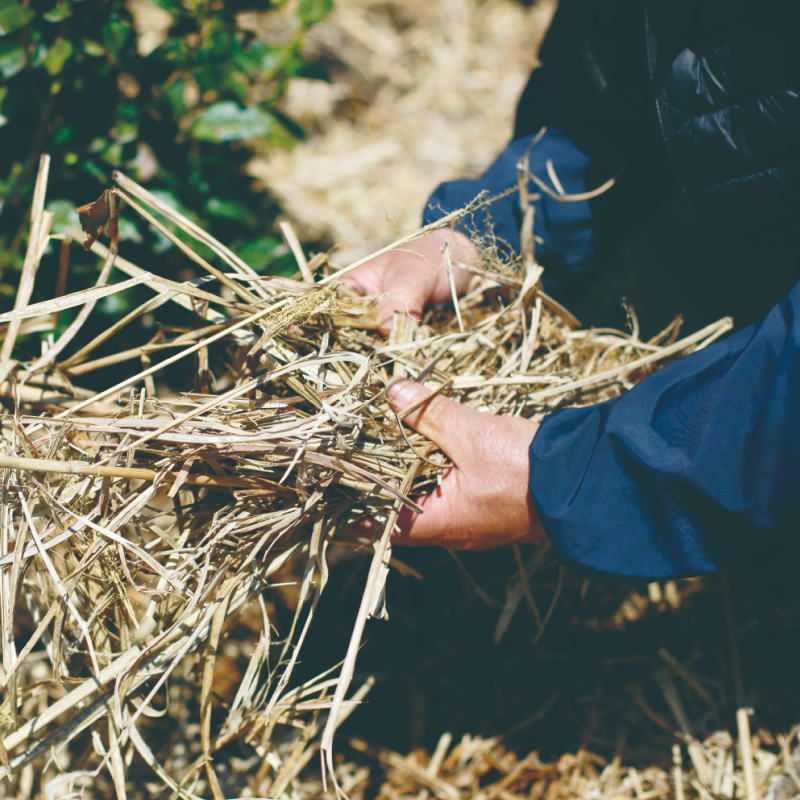
“Chagusaba”
The cultivation of tea in the village in the sky, in addition to not using pesticides, has another characteristic: chagusaba. This ancient practice consists in mowing the tall susuki grasses that start to wither in the autumn, and then depositing them on the soil between the rows of tea plants.
Furthermore, the tea is produced using organic fertilizers. The owner, Testuo Ohashi (left in the above photo), takes care of the field his ancestors began cultivating during the Edo era. While retaining traditional farming methods, he took the initiative to integrate modern techniques. Together with Yamashita Yû (right in the above photo), a soil analyst, he creates a healthy and fertile soil using organic fertilizers.
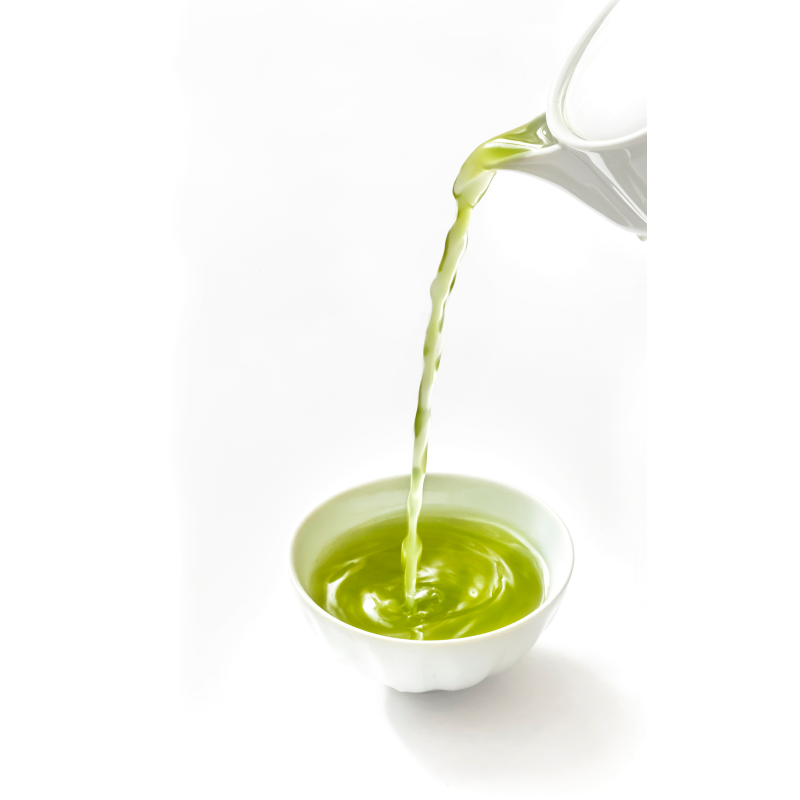
The Effects of Green Tea
Japanese green tea, a natural drink
Originally, tea was consumed for its medicinal properties. Japanese green tea can also be synonymous with well-being. These days, green tea is appreciated both for its relaxing and medicinal qualities.
Regular tea drinking can help us protect our health. Studies have been carried out that have proven these qualities.
Here are the main components of Japanese green tea :
Catechins (polyphenols)
Oligosaccharides Vitamins : C, B1, B2
Saponine Caffeine
Polysaccharide Flavonoïdes
Theanine Acide Gamma Amino Butyrique (GABA)
Minerals

